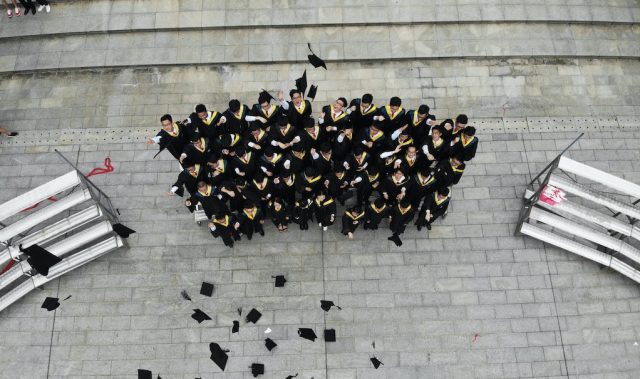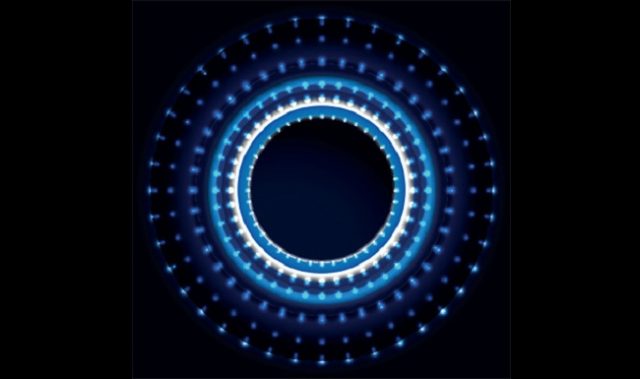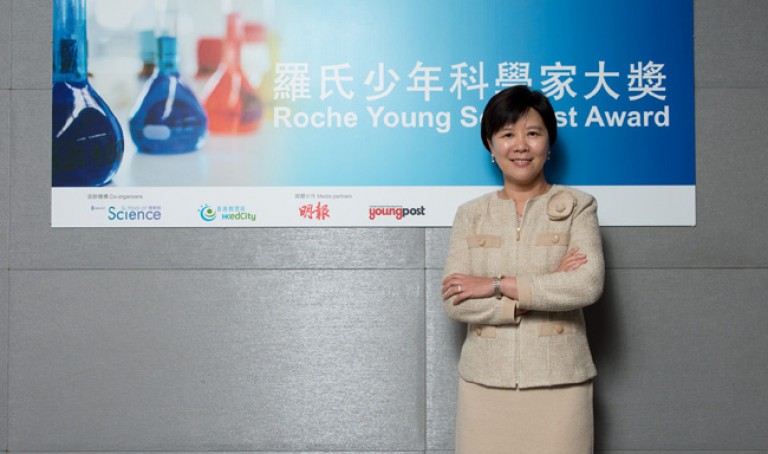
AsianScientist (Dec. 1, 2015) – Scientists have discovered how superconductivity in thin films of molybdenum disulfide (MoS2) can, unlike other superconductors, withstand very strong magnetic fields. The finding, reported in Science, could potentially be useful in the making of quantum computers.
Superconductivity is a quantum phenomenon in which electrons form pairs and flow with zero resistance. However, strong magnetic fields break electron pairs and destroy superconductivity.
Researchers led by Professor Ye Jianting of the University of Groningen, and Associate Professor Zeitler of Radboud University Nijmegen, had earlier made the surprizing finding that superconductivity in thin films of MoS2 could withstand an applied magnetic field as strong as 37 Tesla (the measurement unit of magnetic fields).
An explanation for the phenomenon was needed and Professor K.T. Law’s theory group at Hong Kong University of Science and Technology promptly solved the puzzle.
Law and his student proposed that the lattice structure of MoS2 thin films allows the moving electrons in the material to experience strong internal magnetic fields of about 100 Tesla. This special type of internal magnetic fields, instead of damaging superconductivity, protects the superconducting electron pairs from being destroyed by external magnetic fields.
The research team called this type of superconductor, ‘Ising superconductors.’ They also predicted that many other superconductors, which have similar lattice structure as MoS2, would fall into the same family of Ising superconductors.
In addition to the ability of Ising superconductors to survive a strong magnetic field, Law’s team pointed out that they can be used to create a new type of particle called Majorana fermions. These Majorana fermions could potentially be useful in the making of quantum computers.
“Many novel properties and applications of Ising superconductors have yet to be discovered,” Law said. “Now that we understand the mechanism of how certain materials become resistant to interference from external magnetic fields, we can look for materials with similar characteristics to those of superconducting MoS2.”
“I am sure we will unearth more Ising superconductors soon,” he added.
The article can be found at: Lu et al. (2015) Evidence for Two-dimensional Ising Superconductivity in Gated MoS2.
———
Source: Hong Kong University of Science and Technology.
Disclaimer: This article does not necessarily reflect the views of AsianScientist or its staff.












